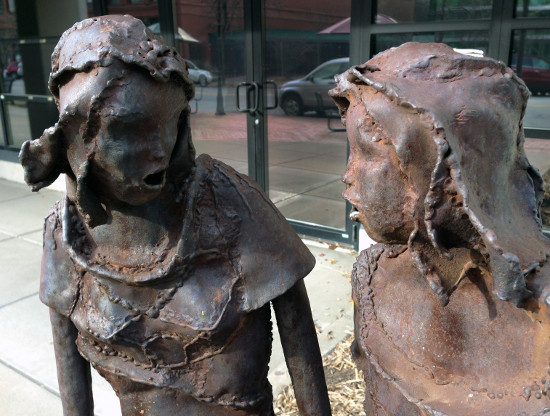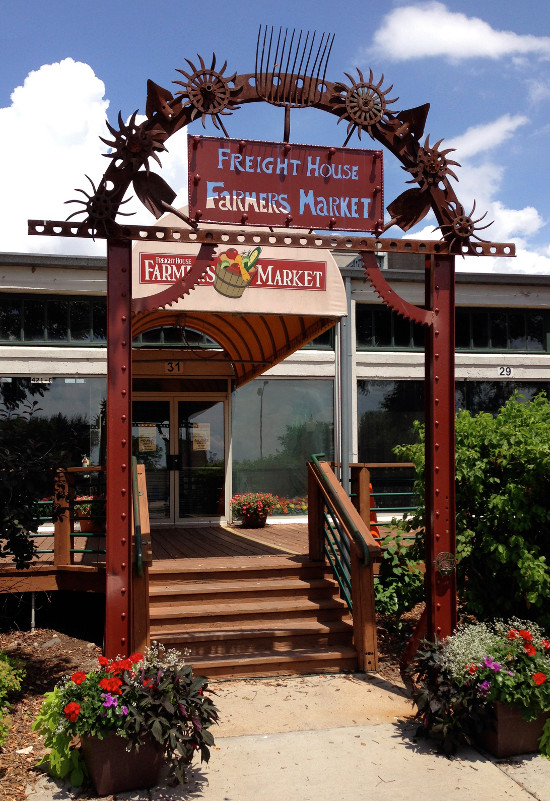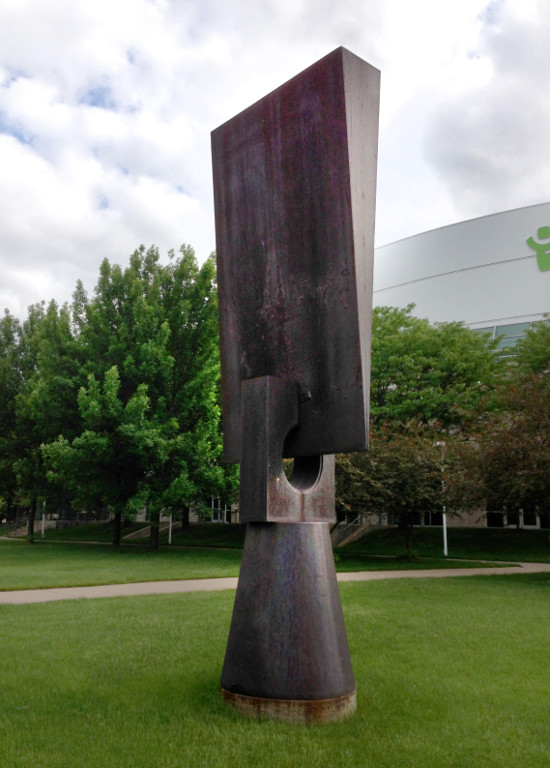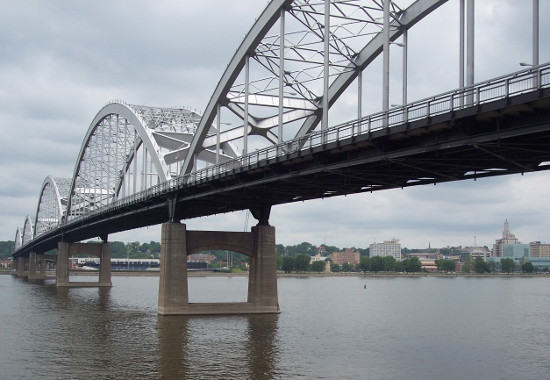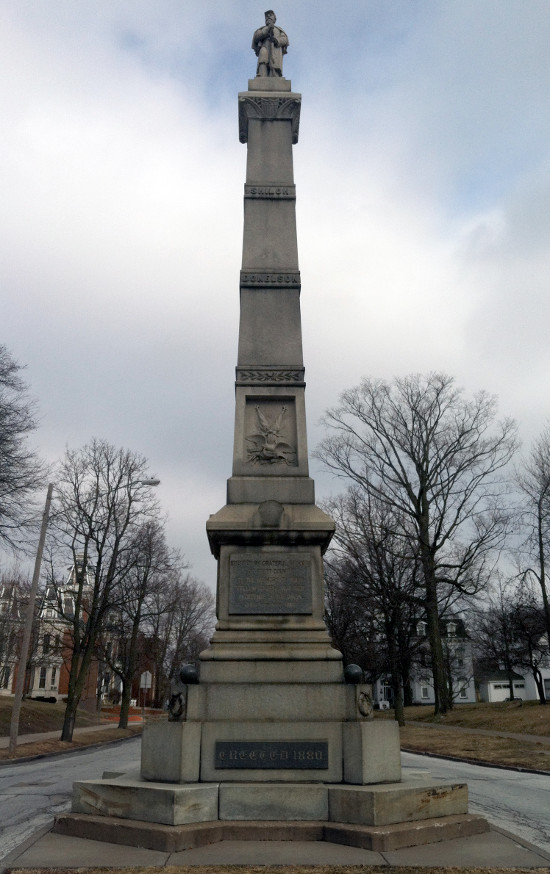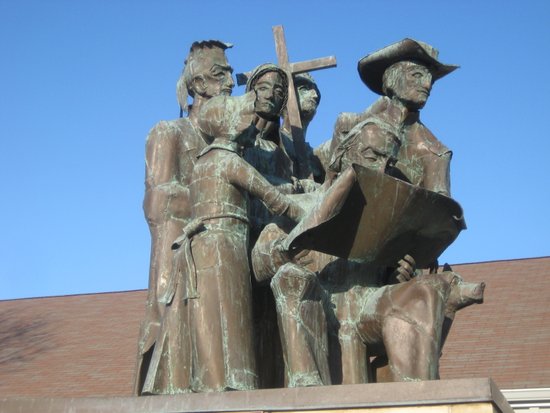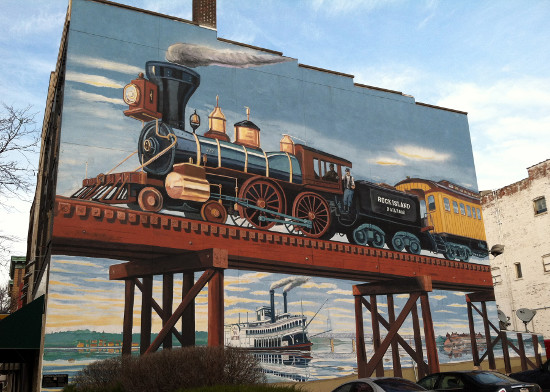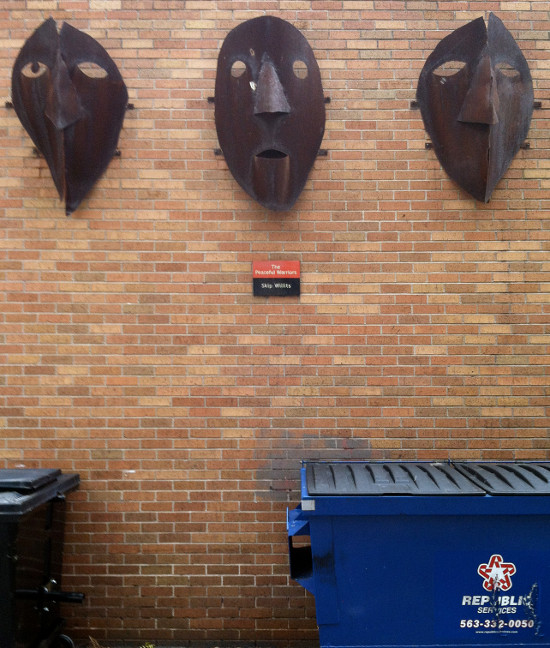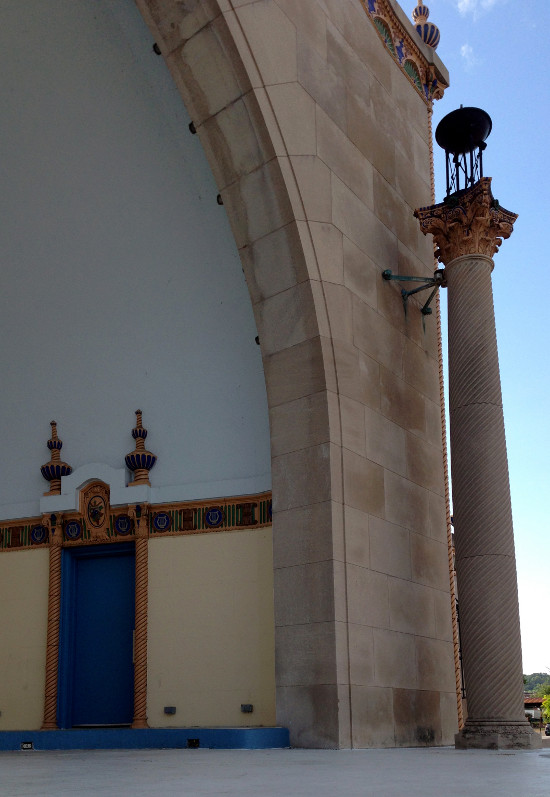
Fifty years ago - on August 23, 1963 - approximately 2,000 people gathered at the LeClaire Park bandshell for a civil-rights rally that served as a warm-up for the national March on Washington. Twenty-eight local delegates who would participate in the historic march were introduced. They would hear Martin Luther King Jr. deliver his "I Have a Dream" speech in the nation's capital five days later.
This was by no means the only rally at the bandshell. George W. Bush, for example, gave a campaign speech on its stage in 2004. Barack Obama spoke there three years later.
The bandshell has also served as center stage for numerous annual events -including the Mississippi Valley Blues Festival, River Roots Live, the Bix Beiderbecke Memorial Jazz Festival, and the Quad City Symphony Orchestra's Riverfront Pops concert. Past performers on the stage include Greg Brown, Albert Collins, Blue Öyster Cult, Buddy Guy, Little Feat, Los Lobos, The Marshall Tucker Band, and - this past weekend - the Wallflowers.
The bandshell's official name is the W.D. Petersen Memorial Music Pavilion. It was built in 1924 as a memorial to his daughter Wilma, who had died the previous year at the age of 38. Petersen paid for the pavilion's construction himself.
